
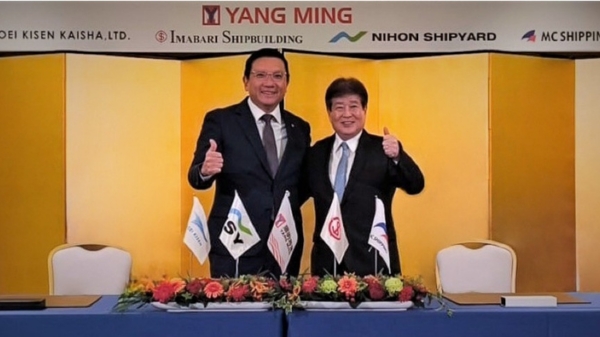
|
Yang Ming finalizes contracts for six methanol dual-fuel-ready boxships
Taiwanese carrier signs deals with Japanese shipbuilders for vessels scheduled for delivery from 2028. |
|
|
|
||
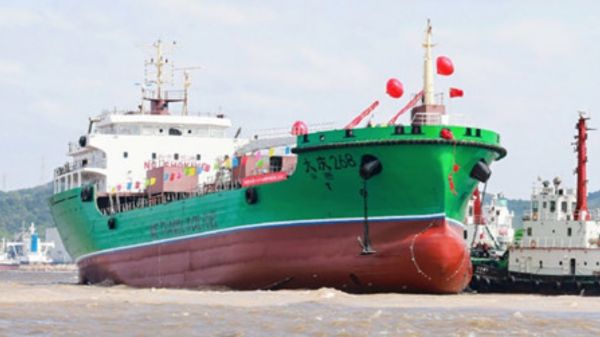
|
China's first newbuild dual-fuel methanol bunkering vessel launched in Zhoushan
Da Qing 268 can supply methanol and conventional fuels to ships at anchorage. |
|
|
|
||
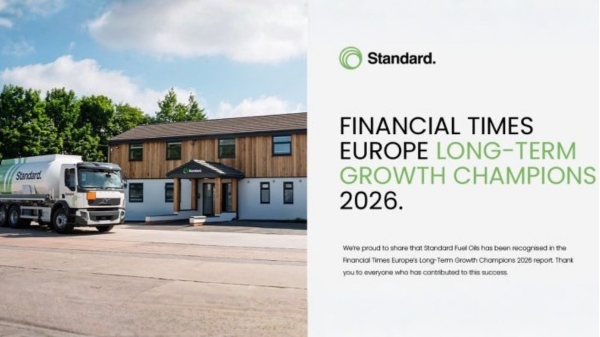
|
Standard Fuel Oils recognized in Financial Times Europe's Long-Term Growth Champions
Liverpool-based fuel supplier included in ranking of 300 European companies with sustained revenue growth. |
|
|
|
||
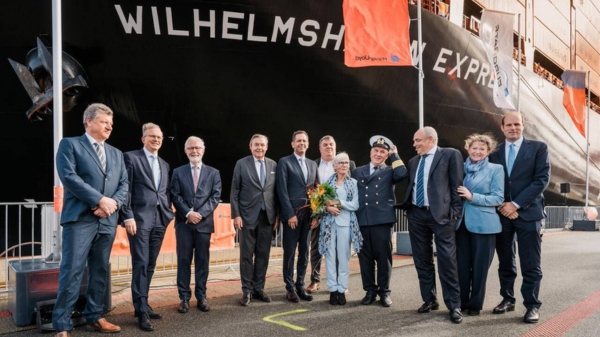
|
Hapag-Lloyd completes newbuild programme with delivery of dual-fuel vessel
German carrier christens Wilhelmshaven Express, marking completion of 12-vessel Hamburg Express class series. |
|
|
|
||
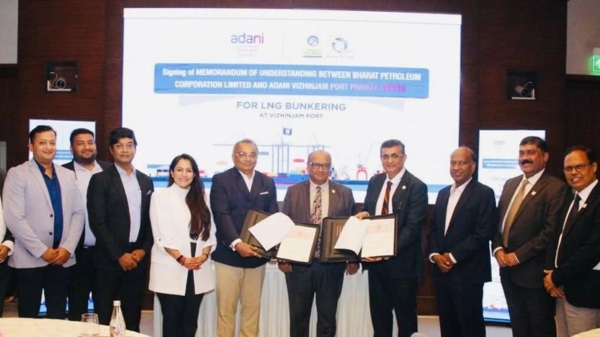
|
MoU signed for India's first LNG bunkering facility at Vizhinjam
Partnership aims to establish LNG refuelling hub for international vessels at Kerala. |
|
|
|
||
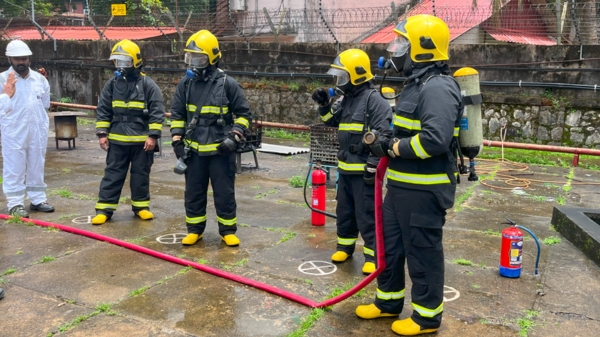
|
BSM launches methanol training courses for seafarers
Shipmanager introduces specialised programmes amid absence of international standards for methanol-powered vessels. |
|
|
|
||
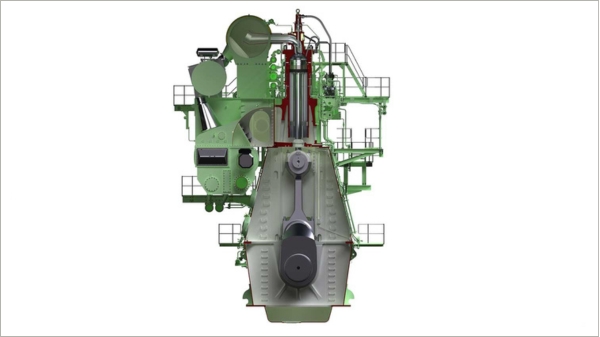
|
Everllence completes world's first S90 methanol engine retrofit on Cosco ship
Cosco Shipping Libra undergoes dual-fuel conversion, opening pathway for further large-bore retrofits. |
|
|
|
||
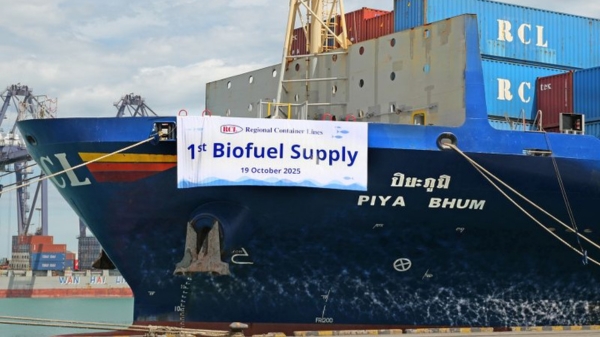
|
RCL completes maiden biofuel voyage with B24-VLSFO blend
Thai container line uses biofuel blend on vessel sailing from Laem Chabang to Ho Chi Minh City. |
|
|
|
||
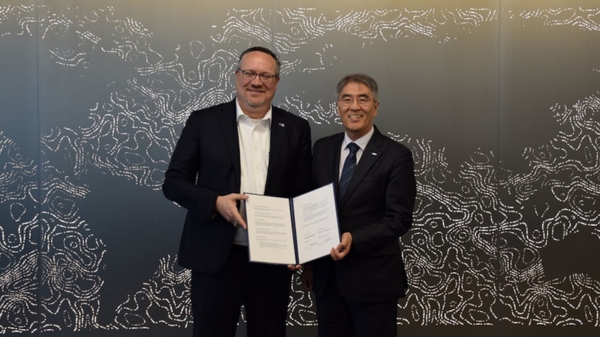
|
ABS partners with KRISO to develop small modular reactors for marine applications
Classification society and Korean research institute sign MoU to advance nuclear technology for ships and offshore platforms. |
|
|
|
||
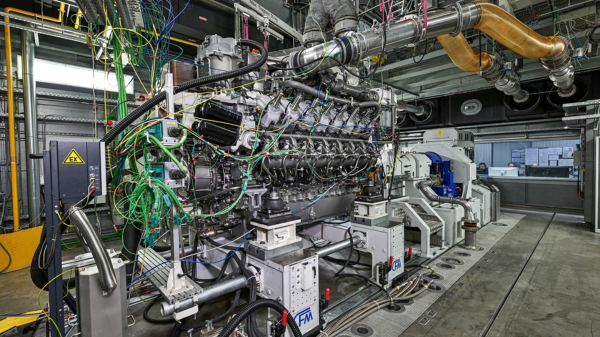
|
Rolls-Royce tests first pure methanol marine engine in world first
Facility test marks development step for methanol marine fuel technology. |
|
|
|
||
| MXO expands physical bunkering operations in Oman [News & Insights] |
| Omani firm breaks ground on terminal and pipeline project [News & Insights] |
| Pipeline project set to slash jetty turnaround times at Sohar [News & Insights] |
| Terminal expansion project at Sohar [News & Insights] |
| Sohar terminal expansion project completed [News & Insights] |